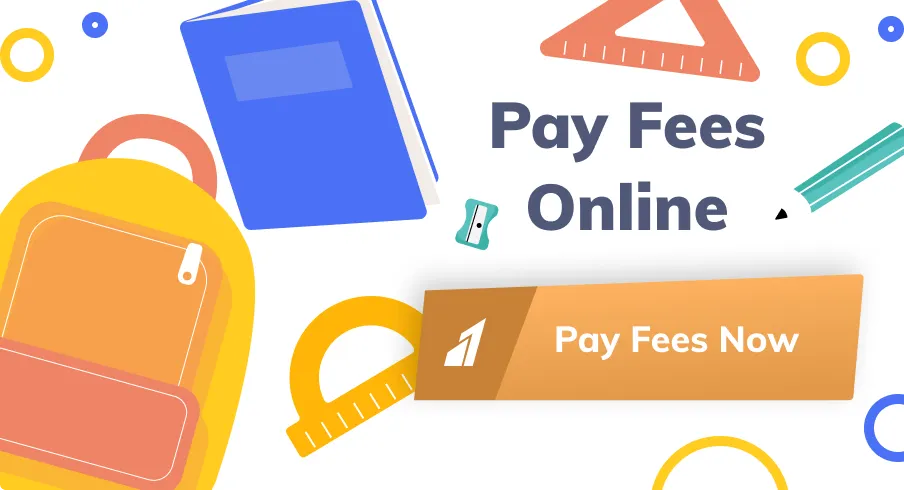"Unlocking Financial Freedom: How a Qualified Student Loan Can Transform Your Education Journey"
#### What is a Qualified Student Loan?A **qualified student loan** refers to a type of loan that meets specific criteria set by the IRS, making it eligible……
#### What is a Qualified Student Loan?
A **qualified student loan** refers to a type of loan that meets specific criteria set by the IRS, making it eligible for certain tax benefits. These loans are typically used to finance higher education expenses, including tuition, fees, room and board, and other necessary costs associated with attending college or university.
#### Benefits of a Qualified Student Loan
One of the primary advantages of a **qualified student loan** is the potential for tax deductions on the interest paid during repayment. Borrowers can deduct up to $2,500 of student loan interest from their taxable income, which can significantly reduce the overall financial burden. Additionally, qualified loans often come with flexible repayment options, including income-driven repayment plans that can adjust monthly payments based on the borrower’s income.
Another benefit is that many qualified student loans offer deferment and forbearance options, allowing borrowers to temporarily pause payments during financial hardship or while continuing their education. This flexibility can be crucial for students who may face unexpected challenges during their academic journey.

#### Types of Qualified Student Loans
There are several types of loans that can be classified as **qualified student loans**. Federal student loans, such as Direct Subsidized and Unsubsidized Loans, are the most common and are designed to help students cover the cost of their education without accumulating excessive debt. Private student loans can also qualify, provided they meet IRS criteria.
#### How to Apply for a Qualified Student Loan
Applying for a **qualified student loan** typically begins with completing the Free Application for Federal Student Aid (FAFSA). This form helps determine eligibility for federal financial aid, including grants, work-study opportunities, and federal student loans. Once the FAFSA is submitted, students will receive a financial aid offer from their chosen institution, which outlines the types and amounts of aid available.

For private loans, students should research various lenders to find the best rates and terms. It’s essential to compare interest rates, repayment options, and any associated fees. Students should also consider their credit scores, as private lenders often use credit history to determine loan eligibility and interest rates.
#### Repayment of Qualified Student Loans
Once students graduate or drop below half-time enrollment, they typically enter a grace period before repayment begins. During this time, it’s crucial to understand the terms of the loan and explore repayment options. Borrowers should consider consolidating or refinancing their loans if it makes financial sense, as this can lead to lower monthly payments or reduced interest rates.
Additionally, borrowers should stay informed about public service loan forgiveness programs, which can forgive remaining loan balances for those who work in qualifying public service jobs after making a certain number of payments.

#### Conclusion
In summary, a **qualified student loan** can be a powerful tool for financing higher education. By understanding the benefits, types, and application process of these loans, students can make informed decisions that will set them on a path toward financial freedom and academic success. Whether you are just starting your education or are already in the midst of your studies, leveraging qualified student loans can help alleviate the financial strain and allow you to focus on achieving your educational goals.